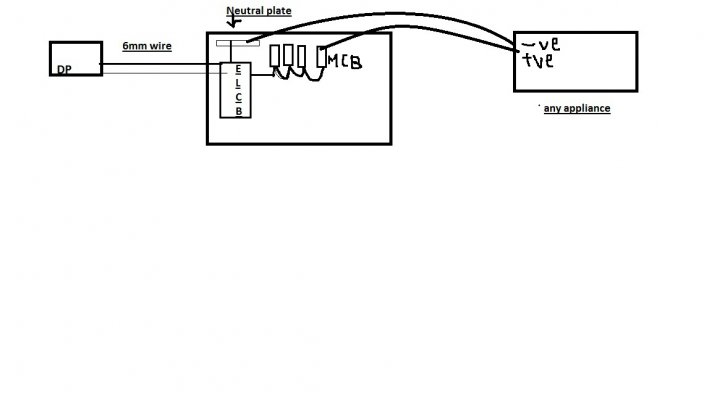@TS: No, I'm not on that forum any more. I left - and am surprised you can still see my posts, because I specifically asked a mod to remove them and bar my ID - my content was being misused, without permission and mods were not sorting the matter out. Let's not bring that painful memory back

XLPE is a kind of insulation, got nothing to do with wire guage. The references are either for the thickness (4-6-10mm), or the kind of wire used (7/20 means 7 strands of 20AWG, 10/18 is 10 strands of 18AWG). More strands = better current carrying capability, and lesser AWG = thicker wire = better current carrying capability. XLPE is a reference to low-smoke insulation, and can be available in thicknesses from 1mm to 15mm for domestic wire, or with thicker steel wire for company cabling (the runs to the transformer, usually buried).
4mm wire has a max rating of 25 amperes, so I would not use a single run for more than 15A. It's always good to have some reserve, this keeps the sag down and the house generally safe. I would not use anything less than 10mm for a single run, or two runs of 4mm if you are using flexible wire. A single run of 4mm will be fine for lighting, and a single run of 6mm for most power appliances. Just to put it in perspective, I have one run of 6mm wire for one large AC, one run of 4mm for my audio equipment, and one run of 4mm for all the lighting, the refrigerator, and the small bedroom AC. This last line is the original line, and is due for replacement this winter to distribute the load better.
Flexible wire has a soft PVC sheath, so unless it is specifically rated to run in-wall I would not use it at all. It is OK in an exposed conduit (the one you can open for inspection). Rats get through the soft PVC in no time, as do cockroaches. If you want the wiring to last a couple of years, it will be fine, but if you want it to last after your electrician has gone to heaven, look at proper in-wall rated wire.
Looking at what you will run, it's better to have four lines. One 6mm line for the aircons (they can share the line, even if you run both together). One 4mm line for your power appliances. One 4mm line for your PC and entertainment center. And one 4mm line for for the lighting.
Ensure you have enough outlets, and run power appliances (including vacs) off the power lines only. I can't stress how important it is to keep power appliances firmly separated from low-load regions. Circuit breakers should trip on appropriate overload, so you should size your load according to the wiring. I would not run a 800 watt vac off the lighting line at all, or through an extension cord unless I made the extension specifically to cope with a 1000 watt+ load.
The way I would do it is bring the 4 lines on the distribution board and run them through 4 ELCBs. If you hesitate to do this because of cost, locate the ELCB at the main switch and start your wire runs from that point. This way only one ELCB is needed, but you need it to be rated to 30 amps at least. I always believe in margin for error, so I would use an industrial 60A unit personally.
You cannot combine an ELCB and a MCB. The ELCB detects leakage current to earth, and an MCB is a self-sensing, self-defeat overload switch. You should have one large 16A MCB for each wire run (4 in your case), and a smaller 6A MCB on the lighting distribution board. If you have cosmetic issues with this, the smaller MCBs can be located in the main switch box in the house. This way you can save on one 16A MCB.
The concept to remember is a tree and branches. Every time you create a new joint, you need to protect the new branch separately. As you go outwards from the tree, the branch gets thinner - so current carrying capacity will and should drop with distance. A circuit breaker on the far end of the branch should be triggered to less current than the breaker at the trunk of the tree. It's actually pretty simple.
And no, I don't work in this field, this is only my hobby



